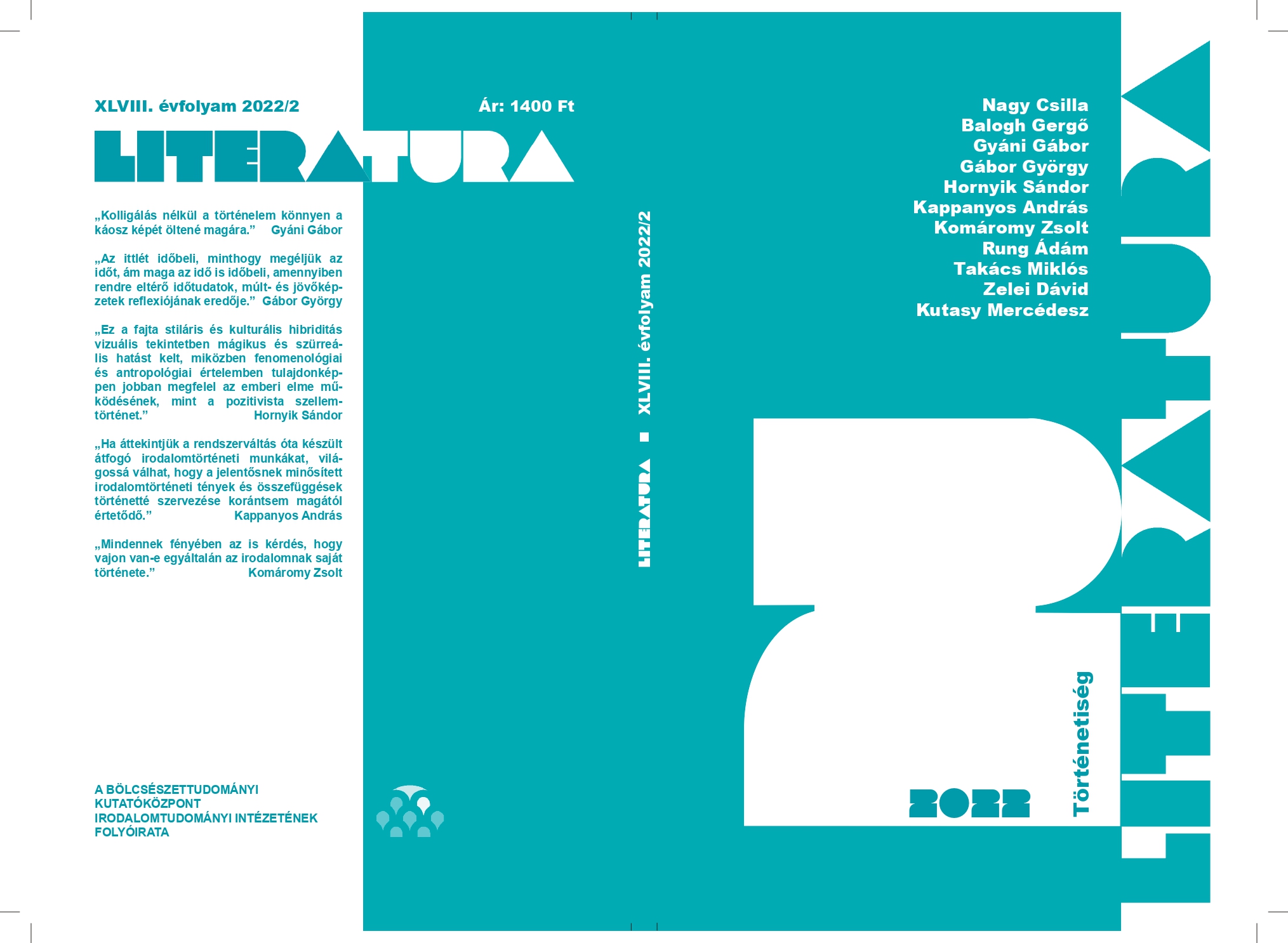Szubverzív anakronizmus a művészettörténetben
A mágikus „szocialista” realista festészet esete
Absztrakt
Subversive Anachronisms in Art History
– The Case of Magical “Socialist” Realist Painting –
By using the term „subversive anachronism” I mean to invoke Georges Didi-Huberman’s concept of „sovereign anachronism”, which is itself the product of a montage of theories. Following Walter Benjamin and Aby Warburg, Didi-Huberman constructs the phenomenon of intellectual montage in the historical sense, which frees the concept of anachronism from its negative scientific connotations. In this spirit, anachronistic associations of artists, aesthetes and art historians can critique and destabilise the existing social, political and aesthetic order. Tibor Csernus and his best-known ‚followers’ in the history of Hungarian art, László Lakner and Gyula Konkoly, were described early in their careers as surrealist naturalists and magical realists, respectively. Magic realist painting is based on the hybridisation of different realities (real and fictitious), while Csernus, Lakner and Konkoly adapted the German and American magic realist painting of the interwar period to the Hungarian reality of socialist realism. In a superb and anachronistic way, this adaptation mixed together the ideologies and visual cultures of different periods and different chronotopes (early German Lowland painting, Dutch Baroque Realism, German and American Magical Realism between the two world wars, French Surrealism, American Abstract Expressionism and Pop Art, and Hungarian Socialist Realism)
Keywords: critical iconology, avant-garde, magical realism, montage, Aby Warburg, Georges Didi-Huberman, Tibor Csernus, László Lakner, Gyula Konkoly



